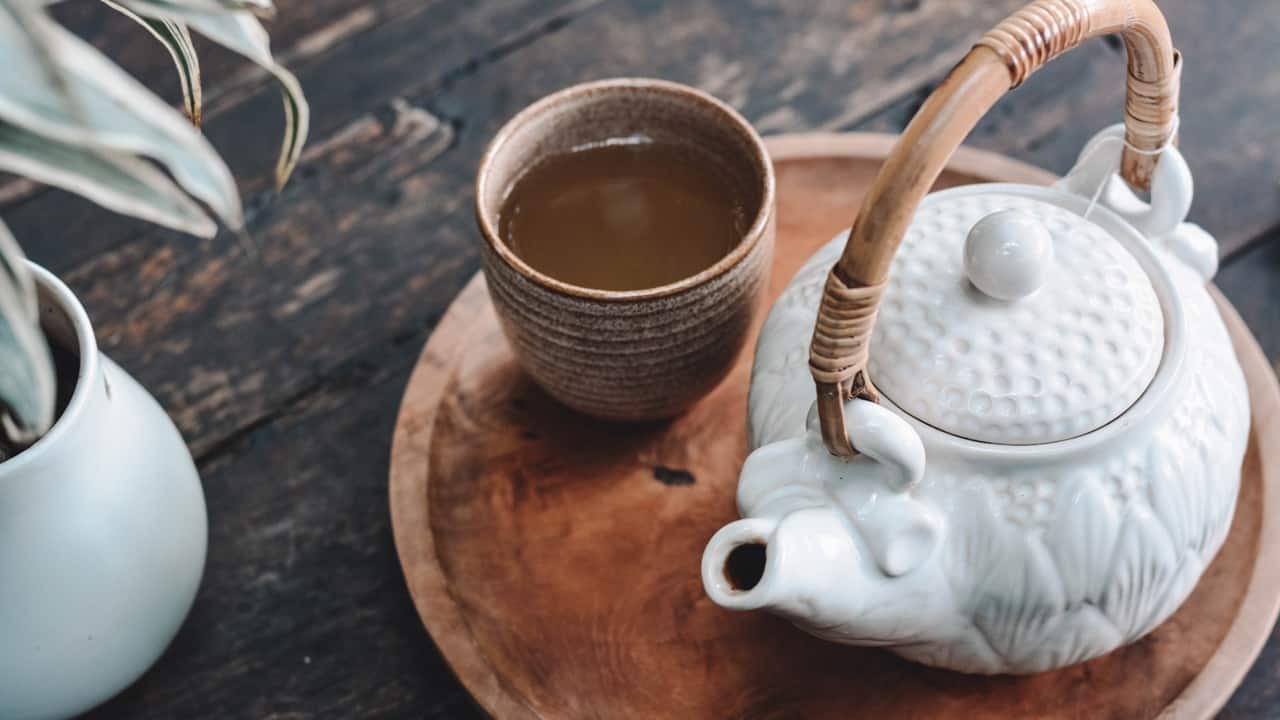When it comes to expanding your tea knowledge, delving into the intricate terminology of the tea world is essential. One such term that often arises in tea discussions is “rasping.” In this article, we will explore the meaning of rasping in tea terms, unveiling its significance in the realms of tea tasting and production.
What is Rasping?
Rasping in tea terms refers to a specific sensation that is experienced while sipping certain types of teas. It is an attribute closely related to mouthfeel, which encompasses the tactile sensations felt in the mouth. Rasping is characterized by a rough, coarse, or grating texture that leaves a prickling sensation on the tongue and palate.
1. Understanding the Sensory Experience of Rasping
Experiencing the sensation of rasping in tea is akin to running your fingers across a rough surface or brushing against stubble. It can be both intriguing and overwhelming, directly affecting the overall perception of a tea’s taste and quality. Here are key points to consider:
- Rasping is more common in certain types of teas, such as black teas, fermented teas, and some oolong teas.
- It is influenced by various factors, including the tea’s processing technique, growing conditions, and leaf quality.
- Contrary to being considered a flaw or defect, rasping can be a desirable attribute in specific teas, adding complexity and depth to their overall profile.
- Rasping is often associated with astringency, another important sensory aspect in tea tasting. However, while astringency primarily refers to a drying sensation, rasping is specifically linked to texture.
- Rasping can vary in intensity, ranging from gentle to aggressive, impacting the overall drinking experience.
2. The Factors Influencing Rasping in Tea
Rasping is subject to a combination of factors that contribute to its presence or absence in various teas. Understanding these factors can provide valuable insights into the tea’s characteristics and assist in making informed choices. Here are the key factors influencing rasping:
| Factor | Description |
|---|---|
| Leaf Quality | The quality of the tea leaves, particularly their size, strength, and thickness, plays a crucial role in determining rasping. More robust leaves tend to lend a rougher mouthfeel. |
| Oxidation Level | Rasping is often linked to teas with higher levels of oxidation, such as heavily oxidized black teas. The degree of oxidation influences the expression of rasping in the brewed tea. |
| Processing Technique | The specific techniques employed during tea processing, such as rolling or crushing the leaves, can contribute to the development of rasping. Different approaches yield varying levels of mouthfeel texture. |
| Origin and Terroir | Environmental factors and the unique characteristics of the tea-growing region can influence the presence of rasping. Soils, climate, and altitude all contribute to the tea’s overall flavor and mouthfeel. |
| Brewing Parameters | Adjusting brewing parameters such as water temperature, infusion time, and leaf-to-water ratio can impact the intensity of rasping experienced in the brewed tea. Experimentation is key to finding the desired balance. |
3. Recognizing Rasping as a Desirable Quality
While rasping may initially seem like an undesirable attribute, it is important to recognize its potential value in specific teas. Here are some teas where rasping might be desirable:
- Assam Black Tea: Rasping adds depth and character, complementing the boldness of the tea’s malty flavors.
- Pu-erh Tea: Particularly in aged Pu-erhs, rasping contributes to the overall complexity and richness of the tea, enhancing its earthy and woodsy undertones.
- Tie Guan Yin Oolong: A mild rasping sensation can signify the tea’s quality and authenticity, indicating a traditional processing method.
4. Minimizing or Eliminating Rasping
In certain instances, rasping may be perceived as a flaw or may simply not be desired. Here are factors that can help minimize or eliminate the presence of rasping in tea:
- Leaf Selection: Choosing tea leaves with finer texture and a lower presence of coarse particles can reduce the likelihood of experiencing rasping.
- Blending: Blending teas with smoother mouthfeel characteristics can help balance out or dilute the rasping sensation.
- Alternate Brewing Techniques: By adjusting brewing parameters such as water temperature, infusion time, or using additional filtration methods, the intensity of rasping can be mitigated.
5. Exploring Complementary Tea Tasting Terms
While rasping is a noteworthy tea tasting term, it is not the only attribute to consider when evaluating teas. Expand your tea tasting vocabulary by exploring other complementary terms related to mouthfeel and flavor, such as:
- Astringency
- Smoothness
- Creaminess
- Body
- Brightness
Remember, the world of tea is vast and diverse. Embracing the nuances of terms like rasping enhances our appreciation and understanding of the intricate tea universe.
With this detailed guide on rasping in tea terms, you are now equipped to explore deeper into the realms of tea tasting, enabling you to savor and appreciate the subtleties in every cup you encounter. Happy tea exploration!

